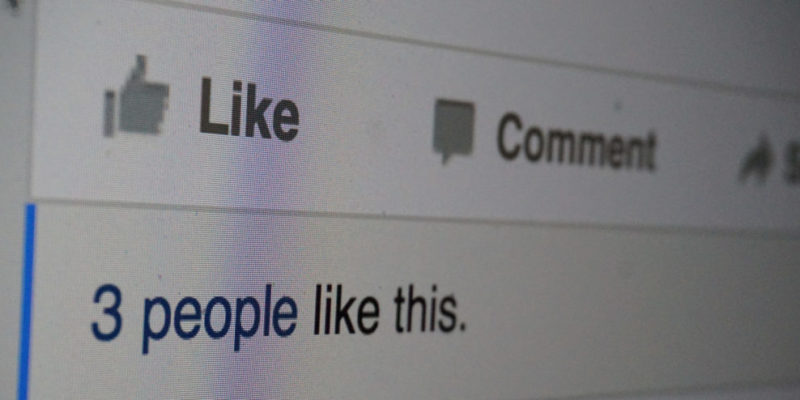Today, January 27, is the 71st anniversary of the liberation of Auschwitz. How am I supposed to feel about that? Happy? Relieved? Upset that we have to commemorate the end of such a horrific era in our world’s history?
 I know about this day because a friend posted a link to an article about it on Facebook. I could always have left a comment, but my comment M.O. on Facebook is all about snark, so I can’t mess with the brand. But really, what does one even say about such an anniversary that doesn’t sound either self serving or trite? My other option (apart from noting to self and scrolling on) is to hit the Like button. But honestly, how do I say I “like” the liberation of hundreds of thousands of refugees who have been reduced to nothing but skin and bones?
I know about this day because a friend posted a link to an article about it on Facebook. I could always have left a comment, but my comment M.O. on Facebook is all about snark, so I can’t mess with the brand. But really, what does one even say about such an anniversary that doesn’t sound either self serving or trite? My other option (apart from noting to self and scrolling on) is to hit the Like button. But honestly, how do I say I “like” the liberation of hundreds of thousands of refugees who have been reduced to nothing but skin and bones?
That’s what has me cautiously excited about the news that the big blue app, as it’s known within the company’s walls, is doing away with the Like button and replacing it with an option of six new Reactions, as they’re being called.
From a content strategy perspective, this is great news. Well, good enough news that I’d hit my Like button about it. As the Bloomberg article noted, “the button is…a blunt, clumsy tool.”
Clumsy, indeed. A few weeks ago, I found out—on Facebook—that a former colleague had died. A bit of an impersonal way to get the news, I agree, but without that notice I might still not know. I left a comment that reflected this friend’s sense of humor (which got a few likes), but others simply clicked the Like button. Really? I certainly would have preferred a different way to emojize (hey, I just coined a term!) her passing. That is, if we can reduce 70-plus years of a person’s life into one little animation. But that’s another discussion.
When talking user experience, however, I question the need for replacing one with six. UX is all about simplicity, simplicity, simplicity (I suppose I could have said that once). Two wouldn’t work. Facebook quickly rejected the idea of adding a “Dislike” option: “The obvious alternative,” the Bloomberg story noted, “a ‘dislike’ button, had been rejected on the grounds that it would sow too much negativity.” That’s understandable, especially given the millions of companies on Facebook whose social strategy depends upon people liking their brands. One pissed-off customer wielding a Dislike button like a cudgel—well, you see where that could go. Plus, don’t forget, Facebook at its core is an advertising company, and negativity costs money.
To me, more than five starts to feel cluttered. Hopefully they’ve user-tested this baby into the ground.

So let’s think about these six options: is it a graduated scale from hate to love? Or a range of emotions—happy, sad, angry, scared, excited, and bored? Or (heaven forbid) do they take a page from Evite with its alternatives to Yes/No/Maybe on event attendance?
The company’s algorithmic engineering team, I’m certain, is having a lot of late nights these days. As the Bloomberg article noted, “all those likes tell Facebook what’s popular and should be shown most often on the News Feed.” Programming that for one response was likely a challenge. Building for six? Good luck, guys!
It will be interesting to see how these new Reactions will be received as replacement for one of the Internet’s most iconic symbols. It will take time, and not everyone will like it. But we could all use a little more dimension in our lives, couldn’t we?




